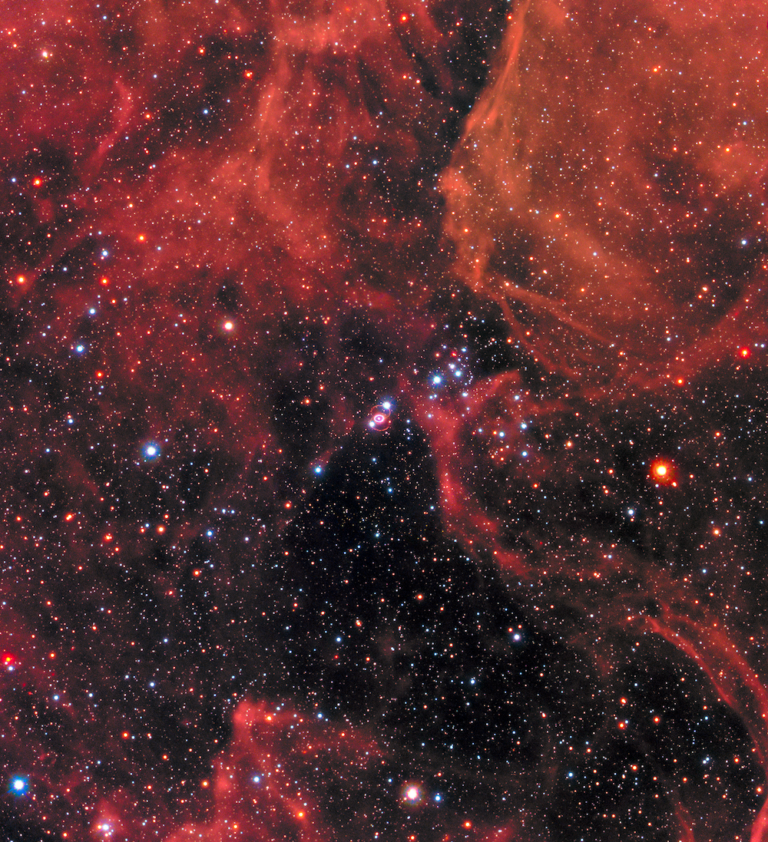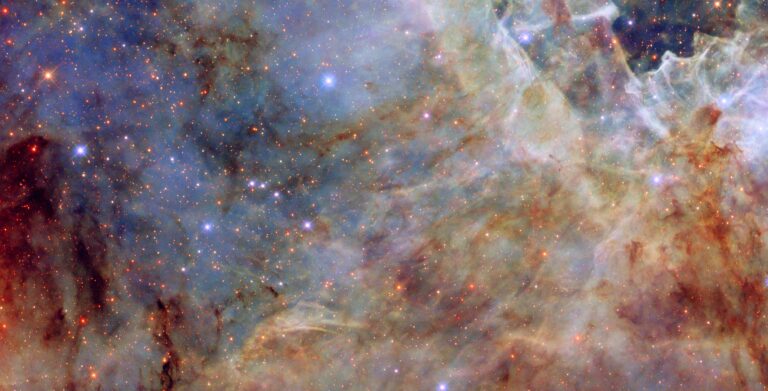If we assume an overall supernova rate of one per second, that means nearly 32 million of these massive-star explosions occur per year. These supernovae originate from stars between roughly 10 and 50 times the Sun’s mass. This rate suggests about 320 million to 1.6 billion solar masses of material is involved in these supernovae every year. But that value is for the observable universe, which is enormous.
From the Hubble Space Telescope’s deep observations in addition to computer simulations of cosmic structure, astronomers think the universe has held anywhere between 100 and 500 billion galaxies over its history. (For simplicity, let’s use 100 billion in our calculation.) If each of those galaxies have or had star formation rates of about one Sun per year, that means they convert tens to hundreds of times as much material into stars as that which explodes.
Of course, the universe is a bit more complicated than basic math implies. Some galaxies, like interacting and starburst galaxies, form 10 to 1,000 solar masses of stars each year, while others, like old ellipticals, can no longer make stars. Plus, when the cosmos was about 3 billion years old, galaxies made stars much faster than they do today.
When averaging out the previous high rates of star formation with today’s values, we still get a star formation rate higher than the supernova rate, which makes sense: Not all the stars created are the types that explode. Instead, they follow a wide distribution, and lower-mass stars are much more common than the high-mass ones.
Contributing Editor










